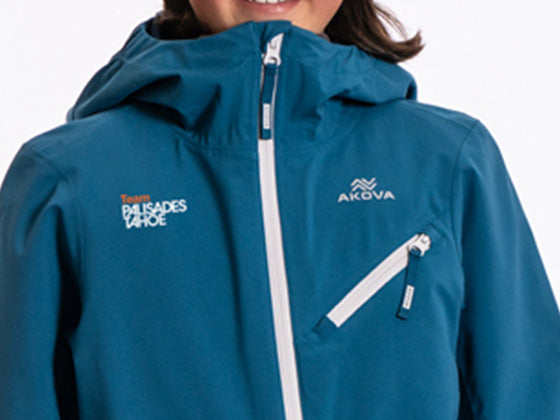There is a lot of confusion these days in the consumer goods and retail industry around the terms "direct-to-consumer" and "consumer direct" businesses. In this blog post, we attempt to break it down, clear up the misconceptions and misdirections, and make sense of it all for parents buying gear for their kids.
The traditional model of pricing for outdoor apparel (and most consumer goods) is a two-stage pricing model based on how products have historically been distributed. A manufacturer produces a winter jacket, pair of pants, or other garment, and sells it at what is called the wholesale price to its customer. But the manufacturer's customer is actually another company... a retail chain or small independent retailer that sells multiple brands. The retailer (large or small) then marks up the product by approximately 100% to arrive at the final retail price that we see in their stores or on their websites.
 In recent years, the rise of ecommerce gave birth to brands that bypassed that retail markup and started selling "direct-to-consumer" or "consumer-direct," offering consumers a much lower price by eliminating the middleman and the retail markup. These new brands offered a great value to consumers.
In recent years, the rise of ecommerce gave birth to brands that bypassed that retail markup and started selling "direct-to-consumer" or "consumer-direct," offering consumers a much lower price by eliminating the middleman and the retail markup. These new brands offered a great value to consumers.
However, the terms "direct-to-consumer" and "consumer direct" have rapidly lost that original meaning. if you read the news today, you see hundreds of mentions of traditional brands that still use the two-stage pricing model but now also talk about their "consumer direct" or "direct-to-consumer" businesses. Brands like NIKE™, The North Face™, and Spyder™ all sell directly to you, the consumer, on their own websites or in their own branded stores. In terms of how they sell, this is direct-to-consumer... but from a pricing standpoint, it is still very different. Those brands that also sell through retailers can not alienate their retail customers by under-cutting them on price so, when they sell "direct," they still have to charge the same high price that the retailers do! That simply means more profit for the brand and zero savings for the consumer.
We think this is unfair and it is why we have defined our business and our pricing model differently. Because we do not sell through the "middleman" retailers that would double the price to you, we take into account the additional costs incurred with our model, and then create a "direct to you" price that is substantially less than our competition?
How much less? SHRED DOG products are typically at least 25-30% less than what a comparable product would sell for and, in many cases, also higher-performance and with more features.
For more information on this topic and how SHRED DOG is able to offer higher performance at a lower price, click here for more on Our Pricing Model.









